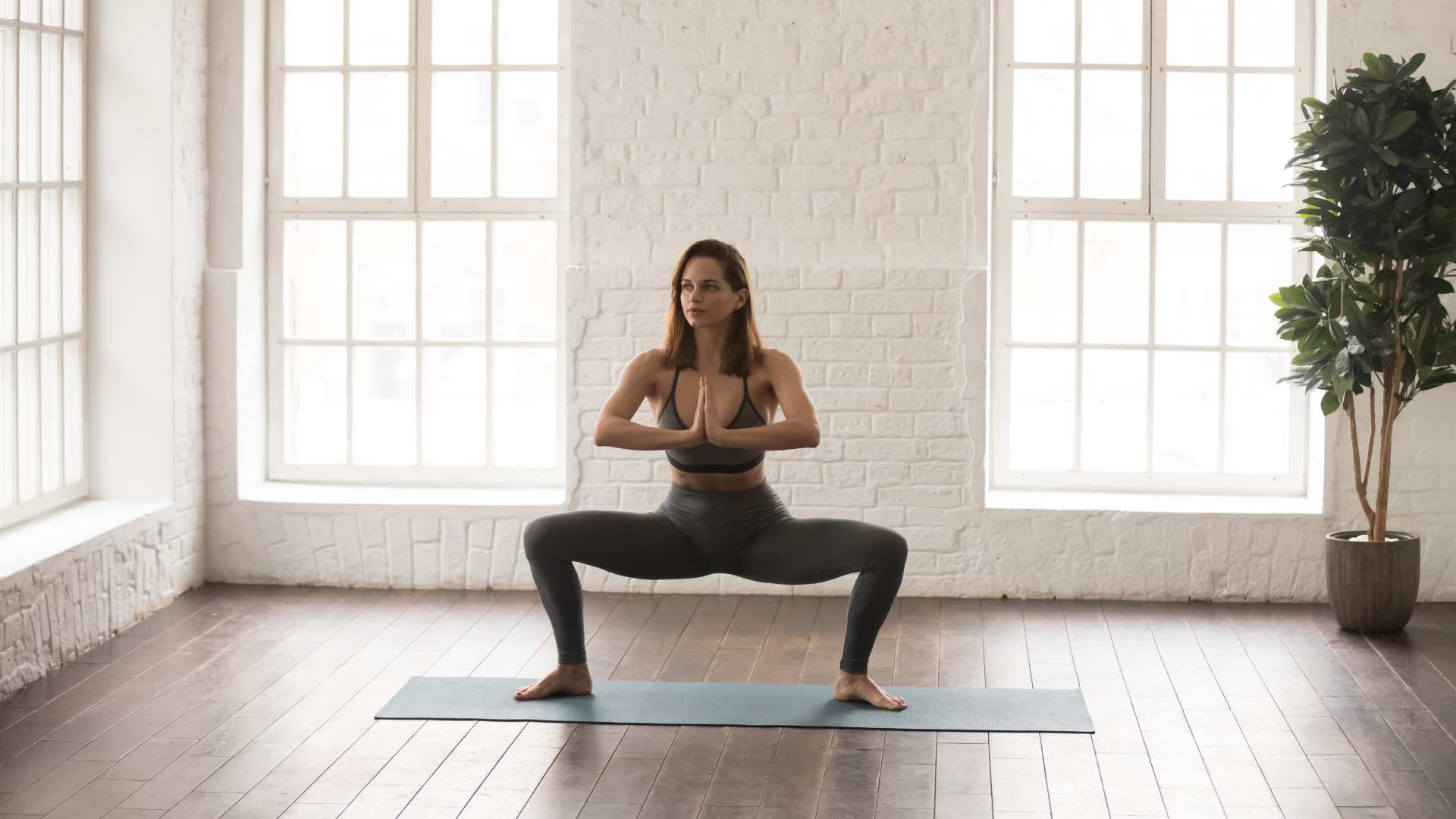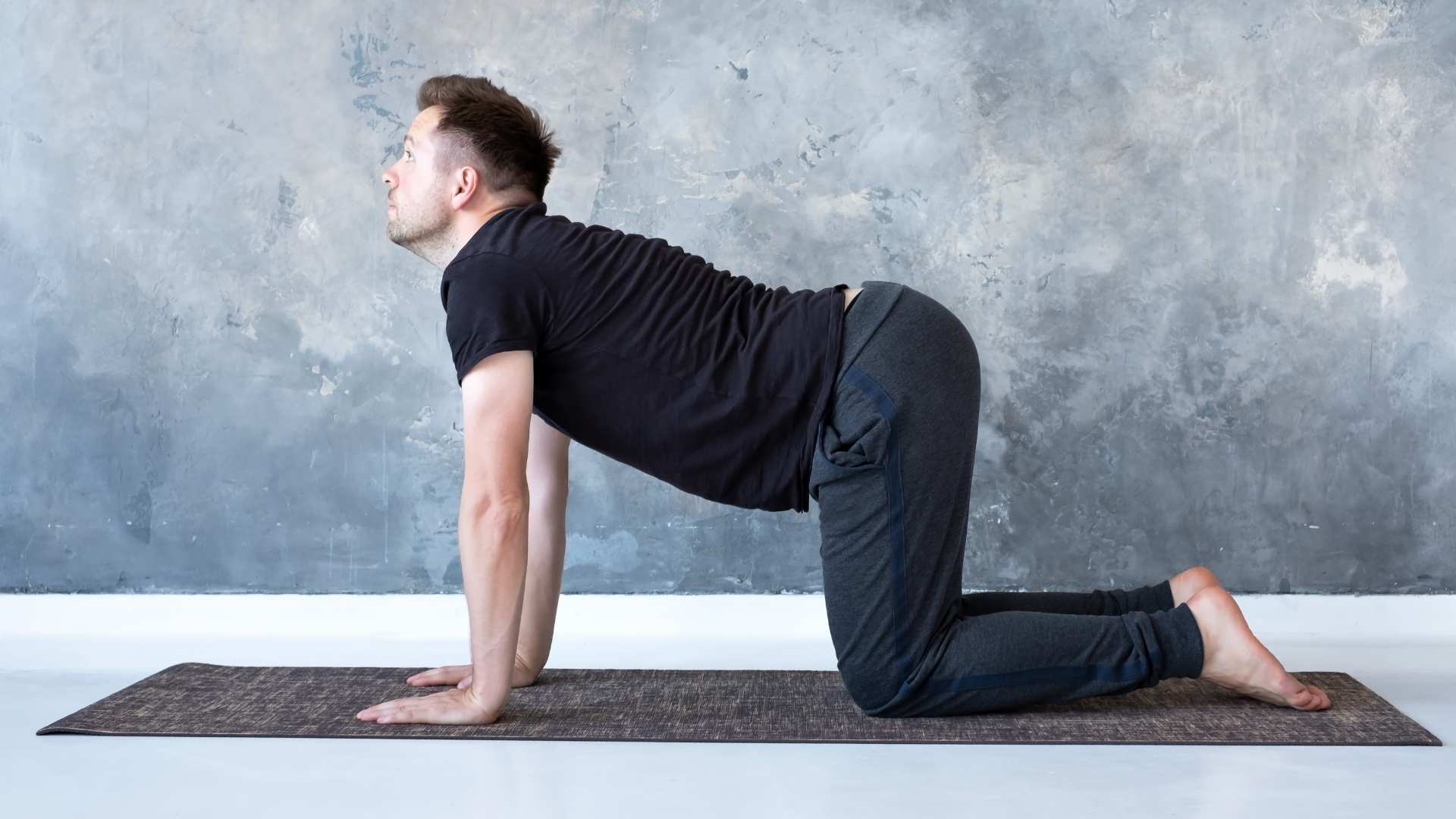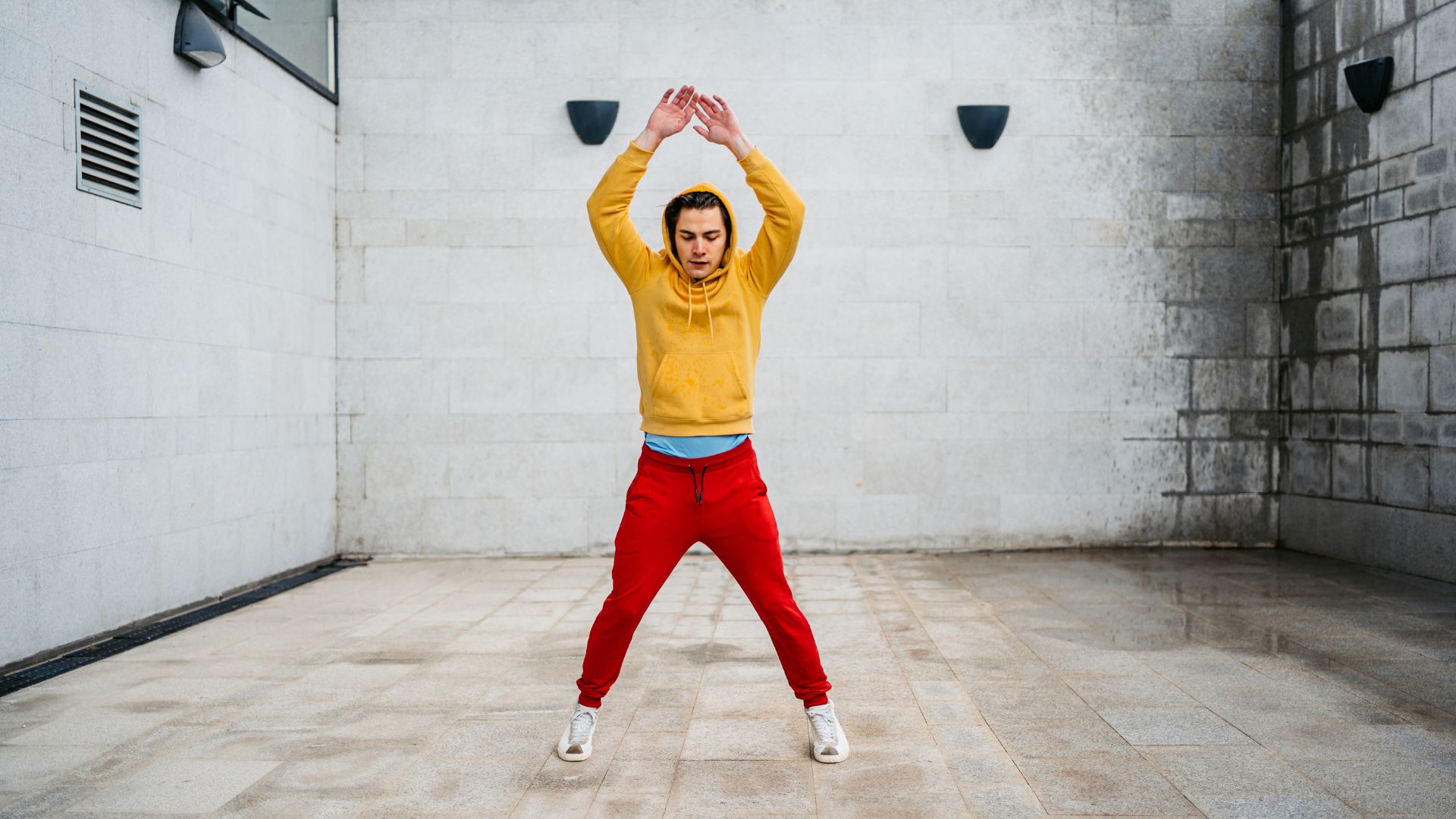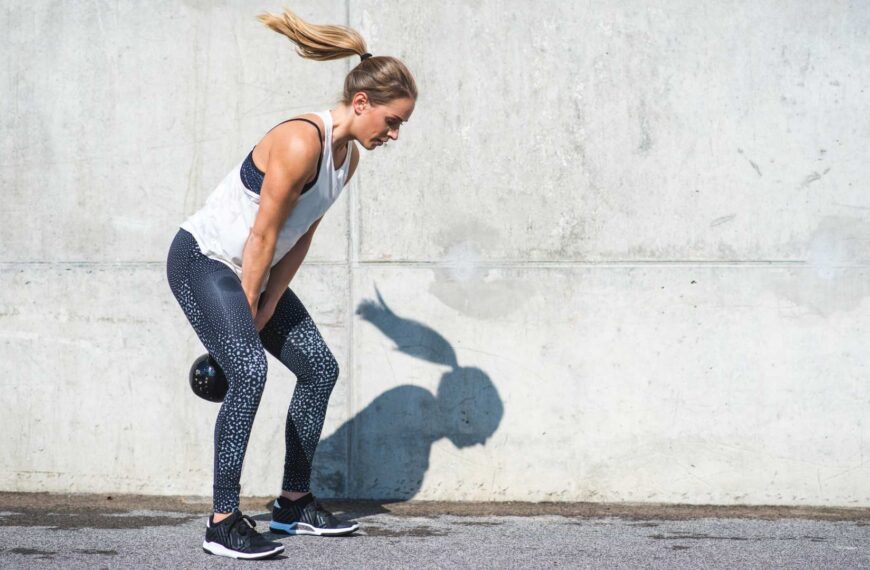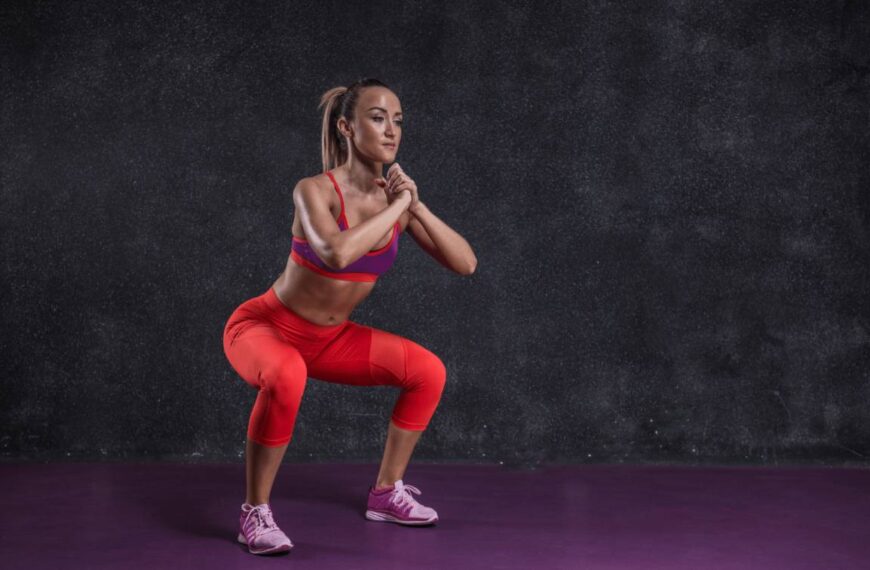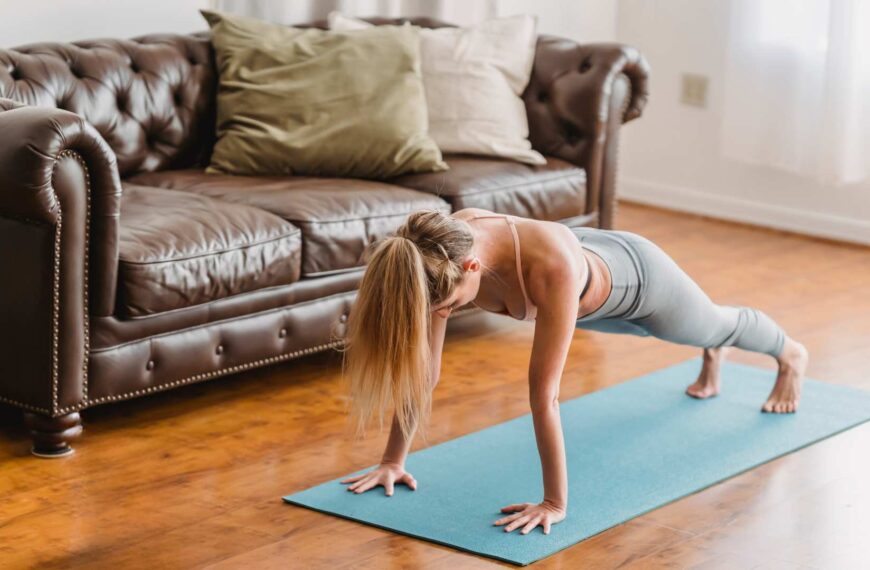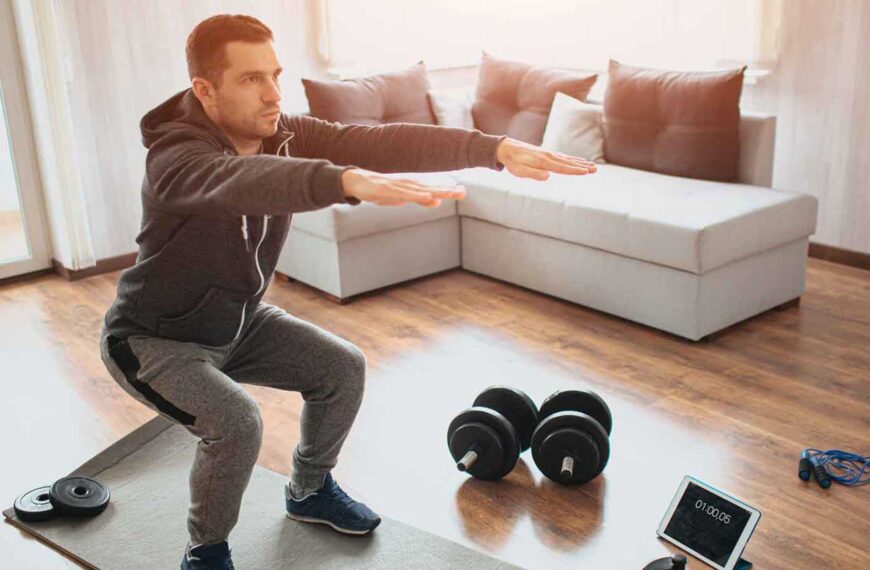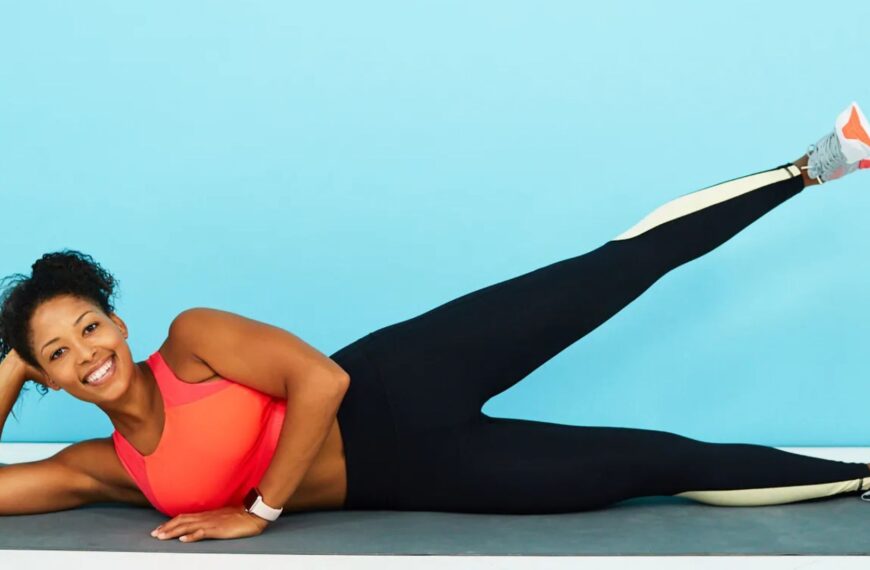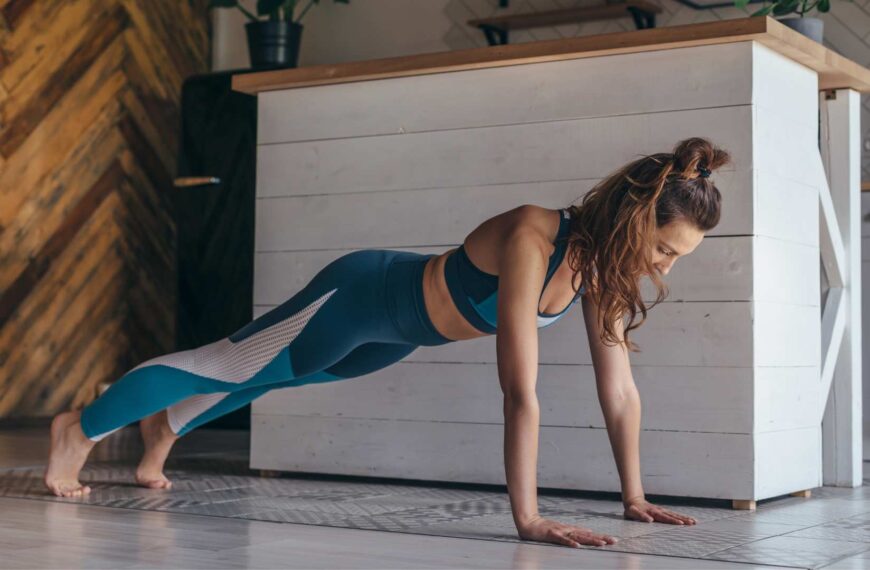Are you looking for an exercise that targets your inner thigh muscles and glutes? Look no further than sumo squats, a popular variation of traditional squats. In this guide, we’ll cover everything you need to know about sumo squat exercise, including its proper form, benefits, variations, and how to incorporate it into your workout routine.
Sumo Squat: The Ultimate Exercise for Sculpting Your Lower Body and Boosting Fitness
- Sumo-squat exercise is a lower body workout that targets multiple muscle groups.
- Proper form is essential to maximize the benefits of the exercise and prevent injuries.
- Variations of sumo-squat exercise can add variety to the workout routine while targeting different muscles.
What is Sumo Squat Exercise and How to Do It?
Sumo squat exercise, also known as plié squats, is a variation of traditional squats that targets the inner thigh muscles and glutes. Here are the steps to follow to perform a sumo-squat exercise:
- Stand with your feet wider than shoulder-width apart, with your toes pointing outwards.
- Keep your hands in front of you, either clasped together or holding a weight.
- Engage your core muscles and keep your back straight throughout the exercise.
- Lower your body by bending your knees and pushing your hips back, as if sitting in a chair.
- Keep your knees in line with your toes, and your weight distributed evenly across your feet.
- Lower as far as you can, ideally until your thighs are parallel to the ground.
- Pause for a moment and then push through your heels to return to the starting position.
Avoid common mistakes such as leaning too far forward or backward, allowing your knees to cave inwards, or not going low enough. By following these steps, you can perform the exercise correctly and maximize its effectiveness.
Muscles Worked During Sumo Squat Exercise
Sumo-squat exercise is a compound exercise that activates multiple muscles in the lower body. The primary muscles worked during a sumo-squat exercise are the quadriceps, hamstrings, glutes, and adductors. Additionally, the exercise also engages your core muscles and calves. The wider stance and turned-out toes during the exercise target the inner thigh muscles, which are often neglected in other exercises.
Benefits of Sumo Squat Exercise
Sumo squat exercise offers numerous benefits, making it a highly effective exercise for sculpting your lower body and boosting your overall fitness. Here are some of the benefits of sumo squat exercise:
1. Strength and Muscle Gains in Lower Body Muscles
Sumo-squat exercise is a highly effective exercise for building strength and muscle mass in the lower body. The exercise targets multiple muscle groups simultaneously, including the quadriceps, hamstrings, glutes, and adductors. By incorporating sumo-squat exercise into your workout routine, you can increase muscle mass, which can help boost your metabolism and burn more calories.
2. Improved Stability and Balance
Sumo-squat exercise requires a wide stance, which helps improve your stability and balance. The exercise strengthens the muscles in your lower body, making it easier to maintain your balance during other exercises or daily activities.
3. Enhanced Power Development in Hips
The sumo-squat exercise is particularly effective at improving power development in the hips. Since the exercise targets multiple muscle groups, it can help improve your overall strength and explosiveness, making it an excellent exercise for athletes.
4. Calorie and Fat Burning Potential
Sumo-squat exercise is a highly effective exercise for burning calories and fat. Since the exercise targets multiple muscle groups simultaneously, it can help increase your metabolism and burn more calories, making it an excellent exercise for weight loss.
5. Other Potential Benefits
Sumo squat exercise also offers several other potential benefits, including improved flexibility, better posture, and reduced risk of injury.
How to Incorporate Sumo Squat Exercise into Your Workout Routine
To get the most out of sumo squat exercise, it’s essential to incorporate it into your workout routine correctly. Here are some tips:
- Start by performing sumo squat exercise two to three times per week.
- Aim to perform three to four sets of 10 to 15 repetitions per set.
- Combine sumo squat exercise with other exercises, such as lunges, deadlifts, or leg curls, to target all your lower body muscles.
- Use resistance, such as a barbell or dumbbells, to increase the difficulty of the exercise.
Here’s a sample workout routine that includes sumo squat exercise:
- Warm-up: 5-10 minutes of light cardio (walking, jogging, cycling, etc.)
- Sumo squat exercise: 3 sets of 12 repetitions
- Lunges: 3 sets of 12 repetitions per leg
- Deadlifts: 3 sets of 12 repetitions
- Leg curls: 3 sets of 12 repetitions
- Cool-down: 5-10 minutes of stretching
| Muscle Group | Function during Sumo Squat Exercise |
|---|---|
| Quadriceps | Primary muscle worked during the exercise, responsible for extending the knee and straightening the leg. |
| Hamstrings | Activated as a stabilizer during the exercise to help control the descent and ascent of the body. |
| Glutes | Activated as a stabilizer during the exercise and the primary muscle responsible for hip extension. |
| Adductors | Activated due to the wider stance, responsible for bringing the legs together. |
| Core Muscles | Engaged to maintain stability and balance during the exercise. |
| Calves | Activated to help raise the body from the lowered position. |
Precautions and Safety Tips for Sumo Squat Exercise
Before starting any new exercise, it’s essential to consult with a healthcare professional, especially if you have any pre-existing medical conditions or injuries. Here are some safety tips to keep in mind when performing sumo squat exercise:
- Start with body weight only and perfect your form before adding resistance.
- Avoid leaning too far forward or backward during the exercise.
- Keep your knees in line with your toes throughout the exercise.
- Stop immediately if you experience any pain or discomfort.
- Modify the exercise if you have any limitations or injuries.
Conclusion
Sumo squat exercise is an excellent exercise for sculpting your lower body and boosting your overall fitness. By following the proper form, targeting specific muscle groups, and incorporating it into your workout routine, you can maximize its effectiveness and achieve your fitness goals. Remember always to consult with a healthcare professional before starting any new exercise routine.
Frequently Asked Questions (FAQs) about Sumo Squat Exercise
1. How many calories does the exercise burn?
The number of calories burned during sumo squat exercise depends on several factors, including your weight, intensity level, and duration of the exercise. On average, a person weighing 150 pounds can expect to burn around 100-150 calories during a 15-minute sumo squat session.
2. Can sumo squats help with weight loss?
Yes, sumo squats can be an effective exercise for weight loss. The exercise targets multiple muscle groups, which can help increase your metabolism and burn more calories.
3. Can sumo squats build muscle mass?
Yes, sumo squats can help build muscle mass in the lower body. The exercise targets multiple muscle groups simultaneously, making it an excellent exercise for building strength and muscle.
4. Are sumo squats safe during pregnancy?
It’s always essential to consult with a healthcare professional before starting any new exercise during pregnancy. However, sumo squats can be a safe exercise for pregnant women if performed correctly and with modifications.
5. How long does it take to see results from sumo squat exercise?
The time it takes to see results from sumo squat exercise depends on several factors, including your fitness level, exercise frequency, and intensity level. However, with consistent exercise and a healthy diet, you can expect to see results within a few weeks.
Why use Merlinfit App for Sumo Squat
The Merlin App can be a valuable tool to help you perform Sumo-Squats correctly and maximize the benefits of this exercise. Here’s how the app can assist you with Sumo Squats:
- 1. Real-Time Feedback: When performing Sumo Squats with the Merlin App, the real-time feedback feature can analyze your form and technique as you execute the exercise. It can detect if you are maintaining the correct stance, depth, and posture during the squat. If you’re doing it incorrectly, the app can provide immediate feedback and guidance, helping you adjust your form for a safer and more effective workout.
- 2. Voice Feedback: The app can also offer voice feedback during your Sumo-Squat routine. It can remind you to keep your feet wide apart, maintain a neutral spine, and ensure your knees are tracking over your toes. This real-time guidance can help you stay focused and perform each repetition with proper form.
- 3. Customized Workouts: The Merlin App allows you to customize your workout routines. If you want to emphasize Sumo Squats in your workout plan, you can include them as part of your customized leg or lower body workout. The app can generate a workout plan that incorporates Sumo Squats based on your fitness goals and preferences.
- 4. Tracking Progress: You can use the app to track your progress with Sumo Squats. It records the number of repetitions, sets, and the weight used if you’re incorporating resistance. Over time, you can see improvements in your strength and endurance, helping you stay motivated to continue incorporating Sumo Squats into your routine.
- 5. Multilingual Support: If you prefer workout instructions and feedback in your native language, the app’s multilingual support ensures you can receive guidance and cues in your preferred language, making it easier to understand and follow the instructions for Sumo Squats.
In summary, the Merlin App can be a valuable companion for performing Sumo Squats correctly and effectively. It provides real-time feedback, voice guidance, customization options, progress tracking, and multilingual support to ensure you get the most out of this exercise while reducing the risk of injury. Whether you’re a beginner or an experienced athlete, the app can help you optimize your Sumo-Squat workouts.
